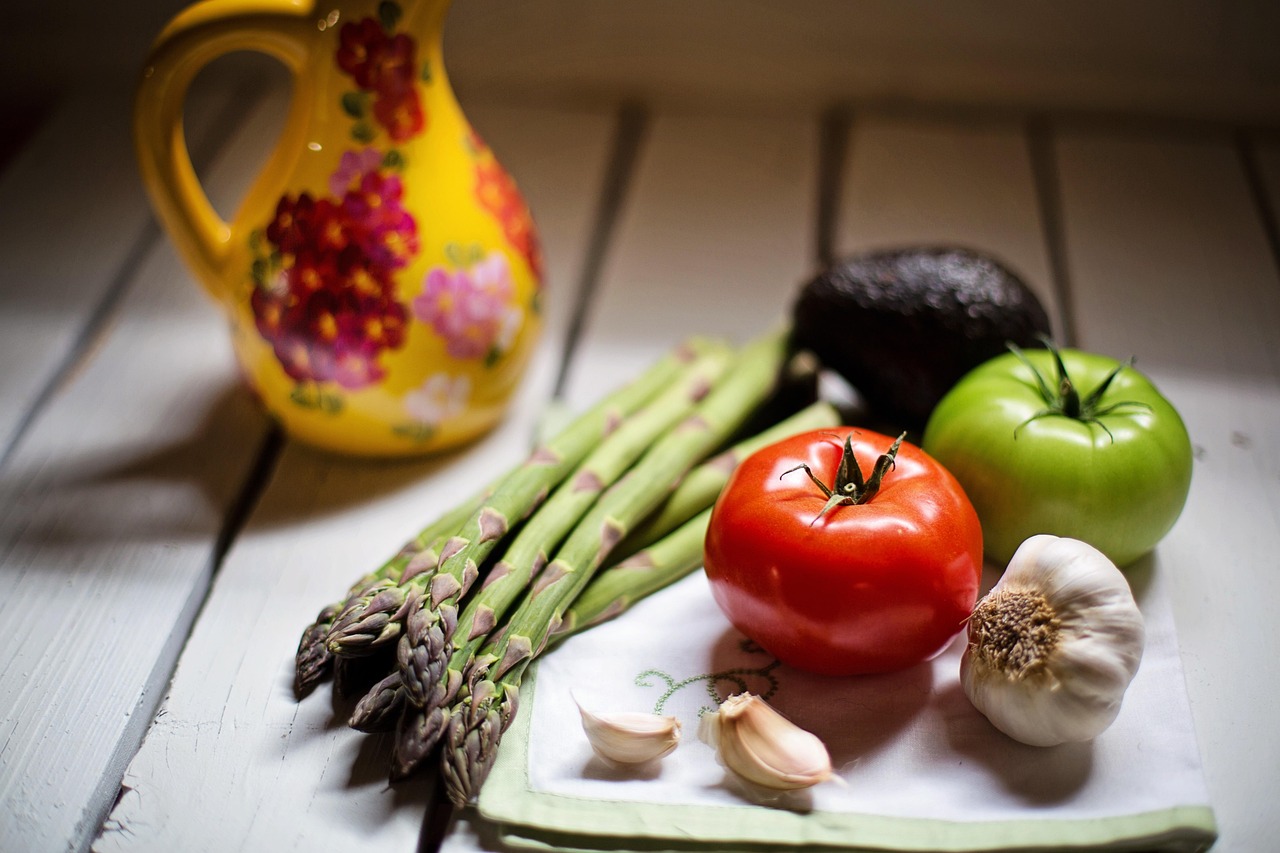Starting an organic vegetable garden at home is a rewarding and sustainable way to enjoy fresh, healthy produce all year round. By growing your own vegetables, you take control over what goes into your food, ensuring it is free from harmful chemicals and pesticides. Whether you have a small balcony or a spacious backyard, starting an organic garden is an opportunity to connect with nature while reducing your environmental footprint. This guide will walk you through the essential steps to create a thriving, organic vegetable garden in your own home.
Why Choose Organic Gardening?
Organic gardening is more than just a trend—it’s a lifestyle choice that supports sustainability and healthier living. By choosing to grow your vegetables organically, you avoid harmful chemicals that can contaminate the environment and affect your health. Organic gardening also nurtures biodiversity, as it promotes natural ecosystems where beneficial insects and wildlife can thrive. Additionally, organic methods improve the quality of your soil, creating a healthier foundation for your plants and contributing to long-term soil fertility. Ultimately, organic gardening fosters a deeper connection to the land, encouraging practices that sustain both you and the environment.
Selecting the Right Location for Your Organic Garden
The success of your organic vegetable garden begins with choosing the right location. Vegetables require ample sunlight to thrive, so selecting a sunny spot is essential. Aim for a location that receives at least six to eight hours of direct sunlight each day. Consider the proximity to a water source as well, as having easy access to water is crucial for maintaining your garden’s health. Additionally, choose an area with well-draining soil to avoid waterlogging, which can harm plant roots. Whether you’re planting in the ground, raised beds, or containers, choosing the right location is the first step in creating a successful garden.
Essential Tools and Materials for Organic Gardening
Starting an organic vegetable garden requires a few basic tools and materials. For soil preparation, a spade or shovel will help turn and aerate the soil, while a hoe can assist with weeding. Organic gardening tools, such as a rake for leveling the soil and a hand trowel for planting, are also useful. You’ll need compost or organic matter to enrich the soil, along with organic fertilizers to provide essential nutrients. Don’t forget about watering tools—whether you prefer a watering can or a drip irrigation system, having efficient watering techniques in place ensures that your plants get the hydration they need without wasting water.
Preparing Your Soil for Organic Gardening
Soil preparation is critical for a flourishing organic vegetable garden. Soil preparation begins with assessing the soil’s texture and pH level. If your soil is too acidic or alkaline, you may need to amend it with lime or sulfur. Enrich your soil by adding plenty of organic compost, which will improve its structure, drainage, and nutrient content. Aerating the soil allows for better root penetration and water absorption. In addition, mulching with organic materials like straw or leaves helps retain moisture and suppress weeds. With well-prepared soil, your plants will have the nutrients and structure they need to grow strong and healthy.
Choosing the Best Organic Seeds and Plants
When selecting plants for your garden, choosing organic seeds is essential for maintaining an organic approach. Look for seeds that are labeled as “certified organic,” which ensures they were grown without synthetic chemicals or genetically modified organisms (GMOs). Consider your climate and growing zone when choosing plants—some vegetables are better suited to cooler climates, while others thrive in the heat. Best plants for organic garden include tomatoes, lettuce, carrots, cucumbers, and herbs like basil and parsley. Start with easy-to-grow vegetables and gradually expand your garden as you gain experience.
Watering Techniques for a Healthy Organic Garden
Proper watering is essential to maintaining a healthy organic garden. Water your plants early in the morning or late in the evening to avoid water evaporation caused by the midday sun. Drip irrigation is an excellent choice for conserving water while delivering moisture directly to the roots, where it’s needed most. Watering techniques like deep watering encourage plants to develop strong root systems, which can help them withstand dry spells. Be sure to monitor your garden regularly and adjust your watering schedule based on weather conditions and plant needs.
Organic Pest Control Methods
Pests are an inevitable part of gardening, but with organic pest control, you can protect your plants without relying on harmful chemicals. Start by encouraging beneficial insects like ladybugs, which prey on aphids and other pests. Use organic pest control methods such as neem oil or insecticidal soap to manage outbreaks. Companion planting is another natural way to deter pests—planting marigolds or garlic alongside vegetables can repel insects. Regularly inspect your garden for signs of pests and take action quickly to prevent infestations from damaging your plants.
Maintaining Your Organic Garden Throughout the Growing Season
As your garden grows, regular maintenance is key to keeping it healthy. Keep an eye on soil moisture levels, and adjust watering as needed. Continue adding compost and mulch to maintain soil health and suppress weeds. Maintaining your organic garden involves consistent weeding, pest monitoring, and occasional pruning to encourage strong growth. Rotate your crops each season to prevent soil depletion and reduce the risk of plant diseases. By staying on top of maintenance, your garden will thrive throughout the growing season.
Harvesting Your Organic Vegetables
When your vegetables are ripe and ready for harvest, enjoy the fruits of your labor! Be sure to pick vegetables at the peak of their ripeness to enjoy the best flavor and texture. Use sharp scissors or pruning shears to avoid damaging the plant when harvesting. Harvesting at the right time also encourages the plant to continue producing, ensuring you get the most out of each crop. Whether it’s tomatoes, carrots, or leafy greens, harvesting your organic vegetables is a satisfying part of the gardening process.
Summary
Starting an organic vegetable garden at home is a rewarding and sustainable way to grow your own food while supporting the environment. By following these steps—from selecting the right location and preparing your soil to choosing organic seeds and implementing effective watering techniques—you can create a flourishing garden that provides fresh, healthy produce year after year. With a little time and dedication, you’ll be able to enjoy the many benefits of organic gardening, from better-tasting vegetables to a deeper connection with nature. Happy gardening!
Please like, comment, and share this article if you found it helpful and
informative.
For more news check out Big Town Bulletin News
For more from Big Town Bulletin check out Big Town Bulletin
Please like, comment, and share this article if you found it helpful and
informative.
For more news check out Big Town Bulletin News
For more from Big Town Bulletin check out Big Town Bulletin


